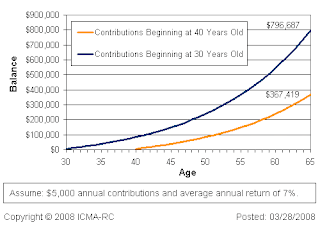Nobody can tell which way market is going to head in the future but one can make reasonable judgements. Investors usually have a general idea which way market is headed like during a bear or bull market trend. But its fascinating to observe what "financial experts" are saying on TV, writing on major news websites and what bloggers are writing about. It gets really interesting when we reach changing point in market direction, in my opinion, majority of analysts on TV state too little too late. If you are forming your opinions on market direction and reacting to news on a daily basis, you are probably guaranteed to get caught up in a trade you regret making.
March Market Update:
No doubt, US market has had a great run from mid 2012 till now. China stocks have climbed as must as they can, now going through a healthy correction. Singapore market is at very healthy levels but needs to go through minor consolidation before it can move higher.
Wall street rose again last night. But i am worried. In fact whenever I see penny stocks in Singapore and US being hyped up, time to be a little careful. Its true what Warren Buffett once said : "Be Fearful when other are Greedy".
I also get very worried when Jim Rogers start showing up on the radar again, nothing against him personally. The situation in Cyprus is just a distraction, nothing else.
How can we tell if market it going to change direction? What are the indicators? Here is a few:
1. Penny stocks will start flying
2. Jim Rogers start appearing on every show
3. Put Warrants/Options become popular
4. When Motley Fool publishes articles like "America's next boom"
Of course in all seriousness, I don't actually think we have reached a turning point in the market now. Good News is that: Most companies in US are at healthy P/E ratios, expenditures and jobs are being cut, earnings estimates are within reach, its mostly looking good but it is creating a complex situation which kind of throws me off balance.
Anyway you should be alright if you make investments based on valuation, shift money to companies that do well in bear markets. It is inevitable that market will lose steam, change direction and head lower, the million dollar question is WHEN?








